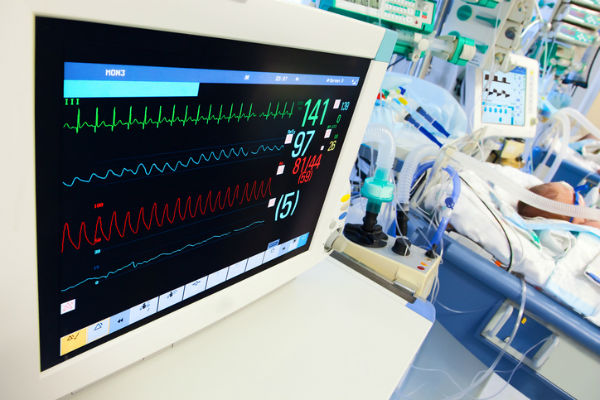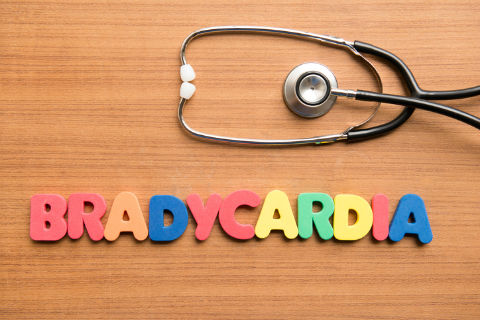Paediatric ECG and Arrhythmias course



This session covers normal heart rhythm and then discusses the common arrhythmias and syncope.
Learning Objectives
By the end of this session you will be able to:
- List common arrhythmias seen in children
- State the observations and measurements to be made when reading a paediatric ECG
- Recognise the clinical features associated with common arrhythmias
- Describe the management of common arrhythmias
- State the commonest causes of syncope and when to consider cardiac syncope
Cardiac arrhythmia (preferably described as dysrhythmia) is an abnormal heart rhythm. They can be associated with slow heart rate (bradycardia) or fast heart rate (tachycardia).
Before commencing this session you should have:
- Basic knowledge in paediatric ECG interpretation
Dr Ari Kannivelu is a consultant paediatrician with expertise in cardiology in Shrewsbury and Telford Hospitals NHS trust. He completed his paediatric specialist training in UK in 2009, including 2 years of tertiary paediatric cardiology training in Birmingham Children’s Hospital and Glenfield Hospital, Leicester. He has developed local paediatric cardiology services and works within a regional clinical network with Birmingham children’s hospital, where he holds an Honorary contract. He holds MRCPCH (UK) and has done an MSc in Paediatrics. He has also completed EACVI certification in echocardiography in congenital heart diseases.
He has specific interest in teaching and training, and has recently completed a diploma in medical education. He regularly teaches in regional and national courses in paediatric cardiology and echocardiography. He is currently honorary secretary to national Paediatricians with Expertise in Cardiology Special Interest Group (PECSIG).

- Anaesthesia Fundamentals | Anatomy | Mediastinum a...
- Posted By eIntegrity Healthcare e-Learning
- Posted Date: 2025-02-22
- Location:Online
- This session describes the contents, relations and anatomical divisions of the mediastinum.
- Anaesthesia Fundamentals | Anatomy | Microstructur...
- Posted By eIntegrity Healthcare e-Learning
- Posted Date: 2025-02-22
- Location:Online
- This session will cover the structure of the lungs and pleura at a cellular level. In particular there will be an emphasis on the structure and function relationships which allow gas exchange to occur.
- Anaesthesia Fundamentals | Anatomy | Trachea, Main...
- Posted By eIntegrity Healthcare e-Learning
- Posted Date: 2025-02-22
- Location:Online
- This session describes the structure, relations, blood and nerve supply of the trachea, carina, main bronchi and major bronchopulmonary segments.
- Anaesthesia Fundamentals | Anatomy | Anatomy of th...
- Posted By eIntegrity Healthcare e-Learning
- Posted Date: 2025-02-22
- Location:Online
- This session describes the anatomy of the oral cavity, pharynx and larynx. The nerve supply to the larynx and the implications of damage to these nerves is also described.
- Anaesthesia Fundamentals | Anatomy | Nasal Anatomy...
- Posted By eIntegrity Healthcare e-Learning
- Posted Date: 2025-02-22
- Location:Online
- This session focuses on the anatomy of the nose. It will also explore complications of nasal instrumentation, the functions of the nose, and its vascular and nerve supply.







